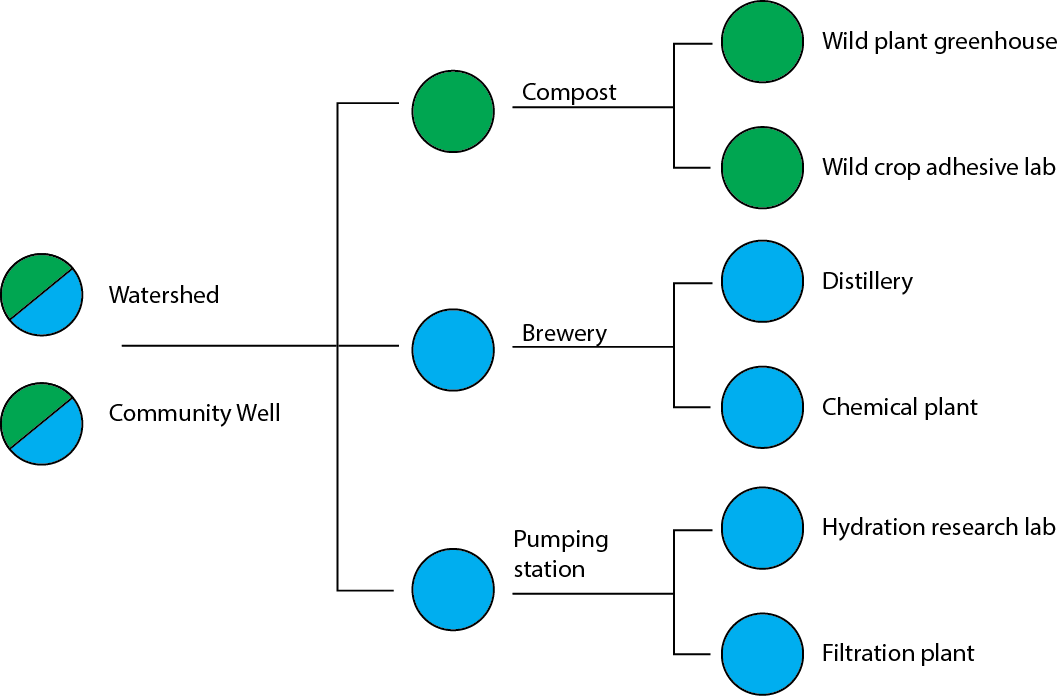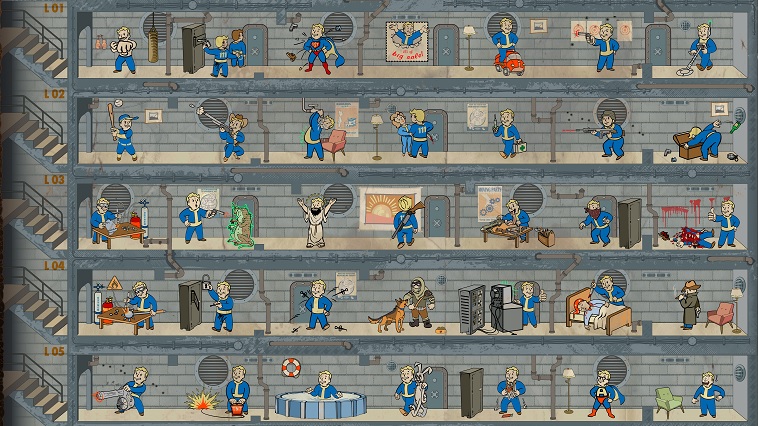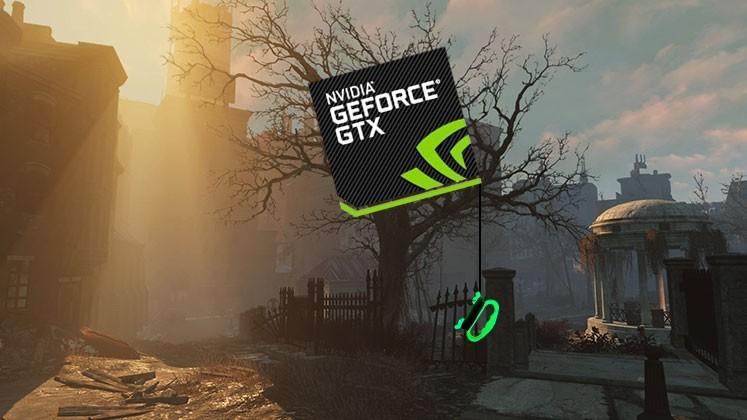Fallout 4 Tech Tree
Screenshot from The Elder Scrolls V: Skyrim: player character using magic fire against giant spiders. | |
| Developer(s) | Bethesda Game Studios |
|---|---|
| Initial release | November 2011; 9 years ago |
| Middleware | Havok Behavior, Radiant AI, Radiant Story |
| Platform | |
| License | Proprietary |
Fallout 4's shooting mechanics have been standardized to a degree, but your stats still determine your proficiency in combat. Whether you decide to be a melee fighter, a grenadier, sniper, or pistol wielding gunslinger is entirely up to you, but a smart S.P.E.C.I.A.L. Loadout will only enhance your chosen role (or roles!). Becoming an unstoppable killing machine in Fallout 4 is easy with this build. You’ll be relying on power armor the entire time you play. Your focus for weaponry should be on heavy weapons like the minigun and rocket launcher. You’ll definitely want a high intelligence and strength for this build. At its core, this mod adds snow to terrain and trees within Fallout 4 in order to make it seem like the Commonwealth is experiencing winter weather. There are companion mods as well that allow you to add snow textures to roofs, roads, sidewalks, and rocks — all of these can be found in the mod’s description.
Fallout 4 is one of 2015's most ambitious and immersive games, with a vast open world to explore and an enormous branching story to experience.The game also boasts an in-depth crafting system, the ability to build and deconstruct bases, a dynamic dialogue system and other exciting new features.
The Creation Engine is a 3D video game engine created by Bethesda Game Studios based on the Gamebryo engine. The Creation Engine has been used to create role-playing video games such as The Elder Scrolls V: Skyrim, Fallout 4, and Fallout 76.
Development[edit]

After using the Gamebryo engine to create The Elder Scrolls III: Morrowind, The Elder Scrolls IV: Oblivion, and Fallout 3, Bethesda decided that Gamebryo's capabilities were becoming too outdated and began work on Creation Engine for their next game, The Elder Scrolls V: Skyrim, by forking the codebase used for Fallout 3.
Following the completion of Skyrim, Bethesda set out to enhance the graphical core of the Creation engine by first adding a physically baseddeferred renderer to allow for more dynamic lighting and to paint materials object surfaces with realistic materials. Bethesda worked with technology company Nvidia to implement volumetric lighting through a technique that makes use of hardware tesselation.[1] Additionally the updated version of the Creation Engine powering Bethesda's Fallout 4 offers more advanced character generation.[2]
Shortly before the release of Fallout 4, while Bethesda Game Studios began development of Starfield and downloadable content for Fallout 4, what is currently Bethesda Game Studios Austin (at the time BattleCry Studios) was tasked with modifying the Creation Engine to support multiplayer content in preparation for the development of Fallout 76. In conjunction with id Software (like Bethesda Softworks a ZeniMax Media subsidiary), BattleCry attempted to integrate id's Quakenetcode into Fallout 4's engine. This was considered a challenge by experts in the online game industry. A primary issue facing the developers was that components of the core engine (dating back to Gamebryo used in The Elder Scrolls III: Morrowind) such as quests or world loading were designed centering on a single player (dubbed 'Atlas' by the developers for its role in holding up the fabric of the loaded game world), a paradigm that would need to fundamentally change to allow multiple players spanning multiple worlds.[3]
In addition to the network changes to the engine used in Fallout 4, the Fallout 76 implementation of the engine was described at the game's E3 reveal as having 'all new rendering, lighting, and landscape technology'. Bethesda Game Studios claims the improvements also allow for a 16× increase in detail and the ability to view unique weather systems occurring at a distance.[4]
Features[edit]
- Havok Behavior is a flexible animation tool that allows the developers to blend animations together in a few clicks. This means that animations such as walking and running can be blended together seamlessly to make the animations look much more realistic. This important addition enabled Bethesda to improve character animations in their games.[5]
- An upgraded version of Radiant AI allows non-player characters (NPCs) to dynamically react and interact with the world around them. The player can observe an NPC eat breakfast, go to work, go to the pub, and then go to sleep. The improved AI allows NPCs to react to the player's actions and they can become friendly or hostile to the player because of their actions.[5]
- Radiant Story allows for NPCs to dynamically create new quests for the player in unexplored places.[5]
- In previous games, Bethesda licensed SpeedTree for trees and foliage, but when making Skyrim with Creation Engine, the Bethesda team made their own foliage rendering system. The new system is capable of rendering larger amounts of foliage at one time and allows for more freedom with animations.[5]
Creation Kit[edit]

The Creation Kit is a modding tool for Creation Engine games. The Creation Kit takes advantage of the Creation Engine's modular nature. It was created by Bethesda Game Studios for the modding community of The Elder Scrolls series.[6] The tool can be used to create worlds, races, NPCs, weapons, update textures, and fix bugs. Mods created using this tool are hosted on the Steam Workshop, Nexus Mods, Bethesda.net and various other sites.
A Fallout 4–compatible Creation Kit was released in April 2016.[7]
The Creation Kit is a new version of Bethesda's editor developed for Gamebryo, known as The Elder Scrolls Construction Set for The Elder Scrolls III: Morrowind and The Elder Scrolls IV: Oblivion, and as the Garden of Eden Creation Kit for Fallout 3 (referencing an in-game item of the same name).
Games using Creation Engine[edit]
- The Elder Scrolls V: Skyrim (2011)[5]
- The Elder Scrolls V: Skyrim – Special Edition (2016)
- The Elder Scrolls V: Skyrim VR (2017)
- Fallout 4 (2015)[2]
- Fallout 4 VR (2017)
- Fallout 76 (2018)[3]
References[edit]
Fallout 4 Quest Perks
- ^'The Graphics Technology of Fallout 4'. Bethesda Softworks. November 4, 2015. Retrieved August 27, 2017.
- ^ abChapple, Craig (June 15, 2015). 'E3 2015: Fallout 4 running on next-gen version of Creation Engine'. Develop. NewBay Media. Retrieved October 17, 2015.
- ^ abNoclip (June 12, 2018). 'The Making of Fallout 76 - Noclip Documentary'. YouTube. Retrieved June 17, 2018.
- ^Bethesda Softworks (June 12, 2018). 'Bethesda Game Studios E3 2018 Showcase'. YouTube. Retrieved June 17, 2018.
- ^ abcdeBertz, Matt (January 17, 2011). 'The Technology Behind The Elder Scrolls V: Skyrim'. Game Informer. GameStop. Retrieved October 17, 2015.
- ^'The Elder Scrolls V: Skyrim Creation Kit Preview'. February 1, 2012. Retrieved December 22, 2017.
- ^'Fallout 4 Creation Kit and mod support are now available'. PC Gamer. April 26, 2016. Retrieved December 22, 2017.
Fallout is a really, really weird game series.
Like, really weird.

It might be a bit disconcerting to just jump straight into the new game, so to fully prepare yourself for the downright bizarre world you’re about to explore, here are a few of the most disturbing weird things in Fallout games thus far.
Be warned, though: spoilers for all previous Fallout games abound.
Harold The Talking Tree
Life as a mutant with a tree on your head could be worse. It’s the worshippers that really make things unbearable, though.
Harold is a recurring character in many of the Fallout games. While initially he is nothing more than an ordinary ghoul, he soon starts growing a tree out of his head, which he calls Bob, or Herbet if he’s feeling cheeky.
In Fallout 3, the player finds Harold fixed to the spot, Bob the tree having grown so large that Harold’s stuck as little more than a face on its trunk.
Harold’s also managed to attract the interests of a cult, who worship him as a god. He’s not particularly pleased with this situation, though.
This leads to a mission where, if you’re kind, you’ll put the poor tree out of his misery – although doing it in front of his faithful followers might result in a riot.
While Harold supposedly bit the big one the last time we saw him, there’s no reason to assume he might show up again. After all, he’s a mutant tree – how do we know he can even die in the way ‘normal’ ghouls do?
Friendly Cannibals
Considered to be ‘the greatest town in Virginia’, Andale seems nice enough at first glance. The town appears in Fallout 3, and players can interact with several families living in the small community.
Exploring too much will get you into trouble though, as you might discover their dark secret: Andale residents eat people.
After that, you’re left with a choice: either give the locals your blessing, or tell them that they’re freaks and spark a fight.

Gary
Vault 108 has a lot of people in it. Or, lots of the same person.
Steam Workshop::Old World Blues: Legacy
Thanks to a poorly thought out cloning experiment, there are 54 different clones, all of whom are named Gary, living in the vault. They’ll attack anyone who isn’t a Gary, and they’re only able to say their name, like a creepy humanoid Pokémon.

There Will Come Soft Rains
The McLellan Family Home is one of the saddest locations in Fallout 3. The house is empty but for the remains of a dead child, the skeleton of the family dog, and the family’s robot, Mr Handy, who’s not been activated in a long time.
Waking Mr Handy from his sleep and prompting it appropriately will cause the robot to recite a bedtime story to the dead child. The robot can also be prompted to take the dog for a walk, although it’ll have a bit of trouble with this instruction and will try to prop up the skeletal remains of the family pet.
EMBED: https://www.youtube.com/watch?v=zMzkZTzD4hg
This house is a direct reference to a short story by Ray Bradbury in which a lonely automized house continues to care for its inhabitant long after they’ve been killed by a nuclear weapon. Perhaps the most disturbing thing about this particular story is how close to home it hits in a world of hands-free automation and violent war.
Mother Punga
In the Point Lookout DLC for Fallout 3, in the Sacred Bog, it’s possible to find a giant mutant growth called Mother Punga.
Attempting to investigate this thing leads to getting a face full of hallucinogenic gas, which leaves you lost, dazed and confused as you stumble back through the swamp.
EMBED: https://www.youtube.com/watch?v=MQERG0LHPR4
When you finally wake up, it turns out someone had a go at performing brain surgery on you. The lobotomy doesn’t seem to do any lasting damage, although a little bit of your brain is now floating in a jar, which is enough to freak some people out, even in a world as messed up as Fallout’s.
The next game in the series looks to be just as weird, bizarre and downright unsettling as anything we’ve seen thus far, so if you’re a fan of the quirky horrors on this list, good news: Fallout 4 is going to be the perfect game for you!
What’s the weirdest thing you’ve found in a Fallout game? Let us know your thoughts in the comments below.